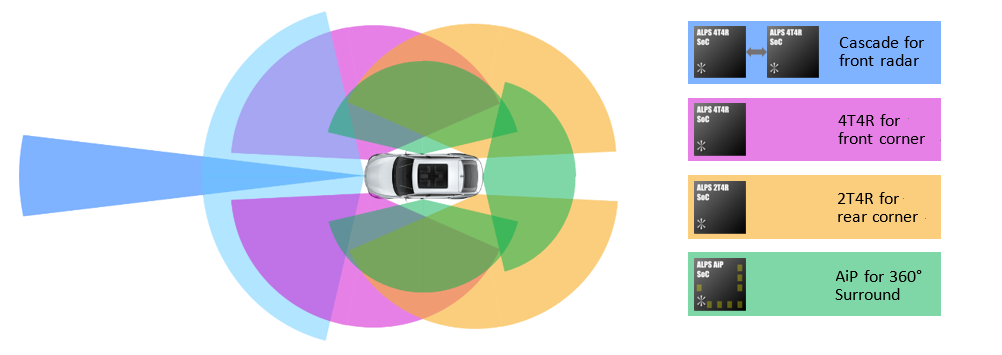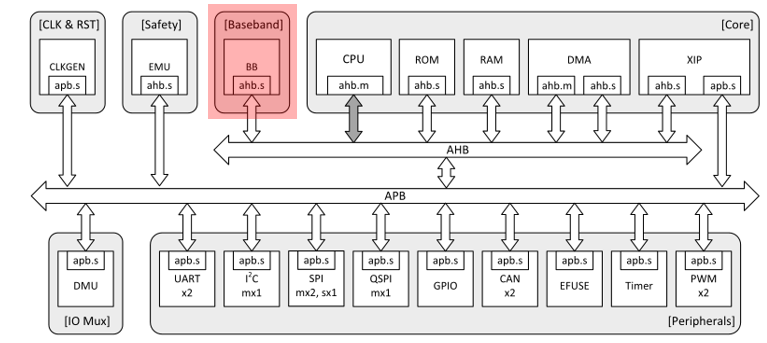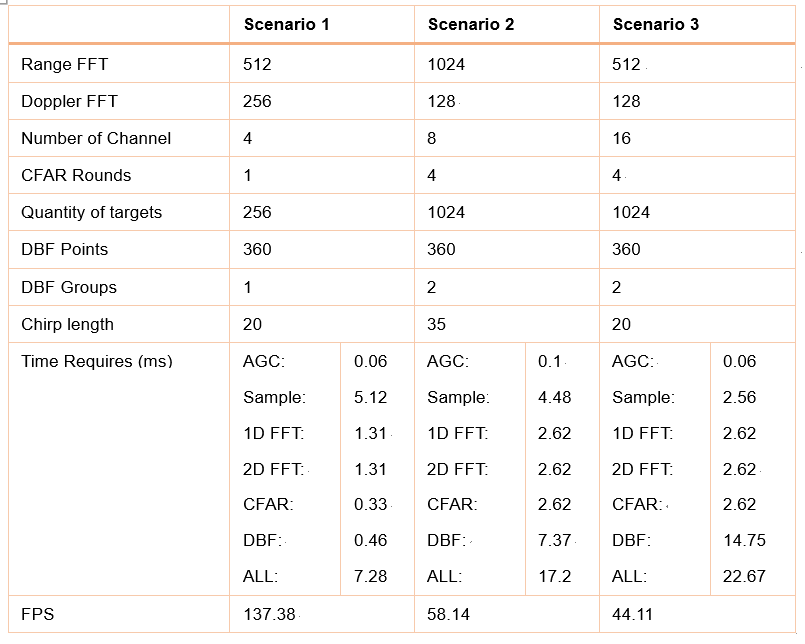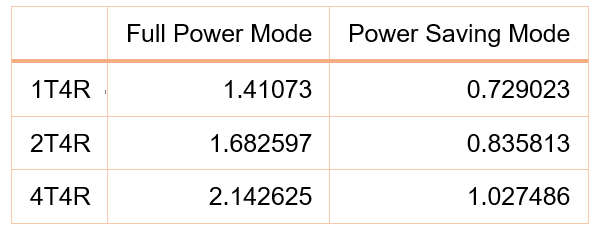Achieve High Update Rate for Your Radar Using Calterah Alps SoC
Millimeter wave radar is known as an important sensor for Advanced Driver Assistance Systems (ADAS) and autonomous driving in automotive industry. Compared with other sensors, radar can operate stably and reliably in challenging environments like rain, snow, fog and dust. Distance and velocity are direct measurements of a radar sensor, so it’s easy to estimate the motion status of a detected target for a radar sensor.
In ADAS, radar is often working together with camera sensors or other sensors. For this kind of systems, sensor fusion is an efficient way to use all information compared with using information independently. Data synchronization is important to any kind of sensor fusion. Generally, a camera sensor provides results at about 30 frames per second (FPS). In ideal case, the results can be fused by frame, which means the radar sensor should also be able to output data at 30 FPS.
Automotive radar technology is growing fast in recent years. A cutting-edge ADAS radar sensor can process thousands of reflected targets and track hundreds of them in a single frame. Even the angular resolution, which is traditionally thought of as a short slab of radar, has been improved greatly by newly developed cascade and MIMO technology. Growing with powerful functions, processing load of a radar processor is going to be heavier day by day. And power consumption of a complex radar system is also going to be higher and higher. These two factors will both affect radar update rates.
Alps SoC is a new-generation product family from Calterah Semiconductor for automotive radar sensors. The design purpose of this chip family is to realize higher performance, lower power consumption, easier digital signal processing job, and higher reliability. The Alps family includes several members for different applications.

Alps integrates a high-efficiency baseband engine for digital signal processing. All signal processing required by automotive radar can be done by this engine. The only operation required to be done by users is to configure this engine according to application specification. One benefit of this approach is that the development cycle will be shortened. Users can put more resources on upper-layer applications and algorithm design.

What is more important, time consumption of digital signal processing is greatly reduced. A benchmark is given here for reference. Since digital signal processing is a most time-consuming procedure, faster processing means a higher update rate.
Table 1 Time consumption benchmark

Due to low power consumption design, Alps consumes lower power compared with other products in the market. Lower power consumption will generate less heat at a given update rate. Heat design is an important factor in radar design. And it has already become a bottleneck in designing high update rate radar. Table 2 gives a power consumption benchmark under a condition of 20Hz update rate with different power modes. In full power mode, all analog circuits will continuously run. In power saving mode, TX will be shut down during the time between two frames.
Table 2 Power consumption benchmark

Since we already know that processing speed and heat are key factors that block radar update rate, Alps SoC family brings a way to get rid of these impacts. Under the condition that automotive radar is more and more widely used, Alps will help customers with high- performance and reliable radar design with a short time to market.
